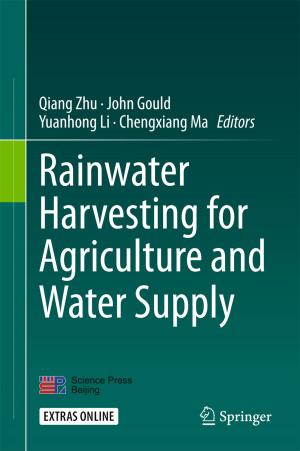Ecophysiology, Abiotic Stress Responses and Utilization of Halophytes
Nonfiction, Science & Nature, Science, Biological Sciences, Botany, Nature, Environment, Environmental Conservation & Protection| Author: | ISBN: | 9789811337628 | |
| Publisher: | Springer Singapore | Publication: | April 12, 2019 |
| Imprint: | Springer | Language: | English |
| Author: | |
| ISBN: | 9789811337628 |
| Publisher: | Springer Singapore |
| Publication: | April 12, 2019 |
| Imprint: | Springer |
| Language: | English |
Halophytes are those plant species that can tolerate high salt concentrations. There are diversified species of halophytes suited for growth in various saline regions around the world, e.g. coastal saline soil, soils of mangrove forests, wetlands, marshlands, lands of arid and semiarid regions, and agricultural fields. These plants can be grown in soil and water containing high salt concentrations and unsuitable for conventional crops, and can be good sources of food, fuel, fodder, fiber, essential oils, and medicine. Moreover, halophytes can be exploited as significant and major plant species for the desalination and restoration of saline soils, as well as phytoremediation. This book highlights recent advances in exploring the unique features of halophytes and their potential uses in our changing environment.
Halophytes are those plant species that can tolerate high salt concentrations. There are diversified species of halophytes suited for growth in various saline regions around the world, e.g. coastal saline soil, soils of mangrove forests, wetlands, marshlands, lands of arid and semiarid regions, and agricultural fields. These plants can be grown in soil and water containing high salt concentrations and unsuitable for conventional crops, and can be good sources of food, fuel, fodder, fiber, essential oils, and medicine. Moreover, halophytes can be exploited as significant and major plant species for the desalination and restoration of saline soils, as well as phytoremediation. This book highlights recent advances in exploring the unique features of halophytes and their potential uses in our changing environment.















